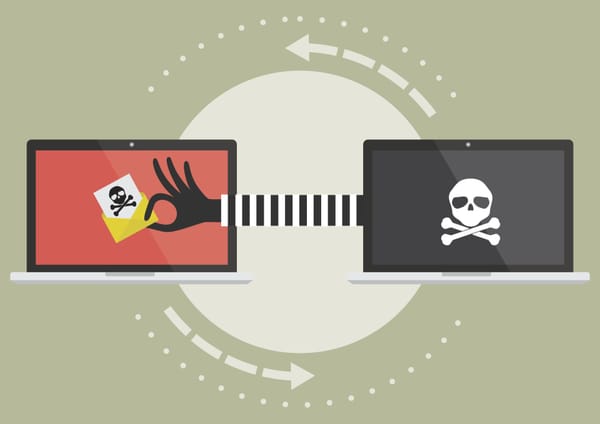Microsoft Patches Defender Flaw that Lets Attackers Dodge Antivirus Scans

Microsoft recently fixed a weakness in its dedicated Windows antivirus solution, Microsoft Defender, that allowed threat actors to deploy malicious payloads on compromised machines without being detected.
The vulnerability, which impacts recent versions of Windows 10, has allegedly been open to exploitation since at least 2014. As it turns out, the flaw stemmed from loose security policies on the HKLM\Software\Microsoft\Windows Defender\Exclusions registry key, which contains a list of items, such as files, extensions, processes, and folders, excluded from Microsoft Defenders scans.
The registry key above could be accessed by the “Everyone” group, which made it possible for local users to query the Windows registry and access the vulnerable key, even without elevated privileges. Attackers could easily exploit the flaw, given that it could be done without special permissions.
After leveraging the vulnerability and retrieving the list of items excluded from the scan, attackers could deploy and launch malware payloads from an excluded location without fear of detection. Indeed, Bleeping Computer replicated and executed a Conti ransomware sample inside an excluded folder without triggering any Windows Defender alerts.
Microsoft reportedly rolled out a silent update to fix the issue, as confirmed by several security experts. Some users noticed the permission change after applying the February 2022 Patch Tuesday Windows cumulative updates on their systems, while others claim they received it without installing any updates.
This is a strong indicator that Microsoft could apply the patch through both Windows and Microsoft Defender intelligence updates.
After the update, Windows Advanced Security Settings for Exclusions’ permissions have been updated, and the “Everyone” group has been removed from the registry key’s permissions. Consequently, Windows 10 local users now need administrator privileges to access the list of excluded items from the command line.
tags
Author

Vlad's love for technology and writing created rich soil for his interest in cybersecurity to sprout into a full-on passion. Before becoming a Security Analyst, he covered tech and security topics.
View all postsRight now Top posts
How to Protect Your WhatsApp from Hackers and Scammers – 8 Key Settings and Best Practices
April 03, 2025
Outpacing Cyberthreats: Bitdefender Together with Scuderia Ferrari HP in 2025
March 12, 2025
Streamjacking Scams On YouTube Leverage CS2 Pro Player Championships to Defraud Gamers
February 20, 2025
How to Identify and Protect Yourself from Gaming Laptop Scams
February 11, 2025
FOLLOW US ON SOCIAL MEDIA
You might also like
Bookmarks








